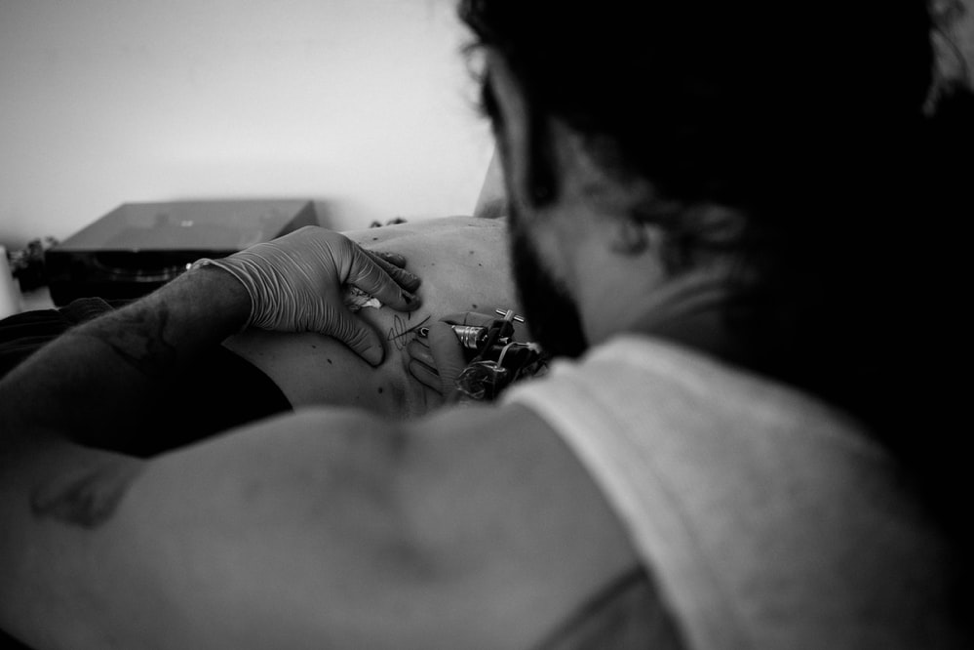The History Student Guide: The Art of Ta Moko; Tools and Process
With a distinctive grooved pattern in their skin, Whakairo Tangata, the art of carving people, resembled that of whakairo rakau, the art of carving wood.
Ta Moko relates to a cultural tattoo design on the body. Mataora refers specifically to a facial tattoo although Matakiore, a term used mostly by Northern Tribes, refers to a facial design from the eyes down. Moko Kauae is the term used for a female moko.
There is a set of knowledge that any student of art and history needs to know. However, kingessays.com defines that there are some facts that are not required, but they can bring you particular profit when you are doing research on a particular topic.
Table of Contents
Traditional Tools Used for Ta Moko
The word Ta Moko translated means to ‘tap’, an apt description for the process which required two main tools; the UHI (chisel) and he mahoe (mallet). The UHI was struck repeatedly with the mahoe, literally chiseling the design into the skin and then the staining pigment, Ngarahu, was applied either using Muka (from flax) or directly through the UHI itself.
Traditionally the UHI was made from one of the following natural materials:
- Seabirds wing bone
- Whalebone
- Sharks teeth
- Sharp stones
- Hardwood
There were several different types of uhi used which depended upon the detail required. The seabird Toroa (Albatross) wing bone was often chosen as the ideal UHI as the bone was strong and most importantly porous. The porous surface allowed the bone to hold more ink. The whalebone was also utilized for this purpose.
A Mokomokai (preserved head) displaying Mataora (facial tattoo) shows the skill of a true artist. From a distance, multiple strands of lines might be mistaken for a single thick line. It is not until you get close enough that you can observe the degree of detail that cannot be replicated with the same skill in modern times.








